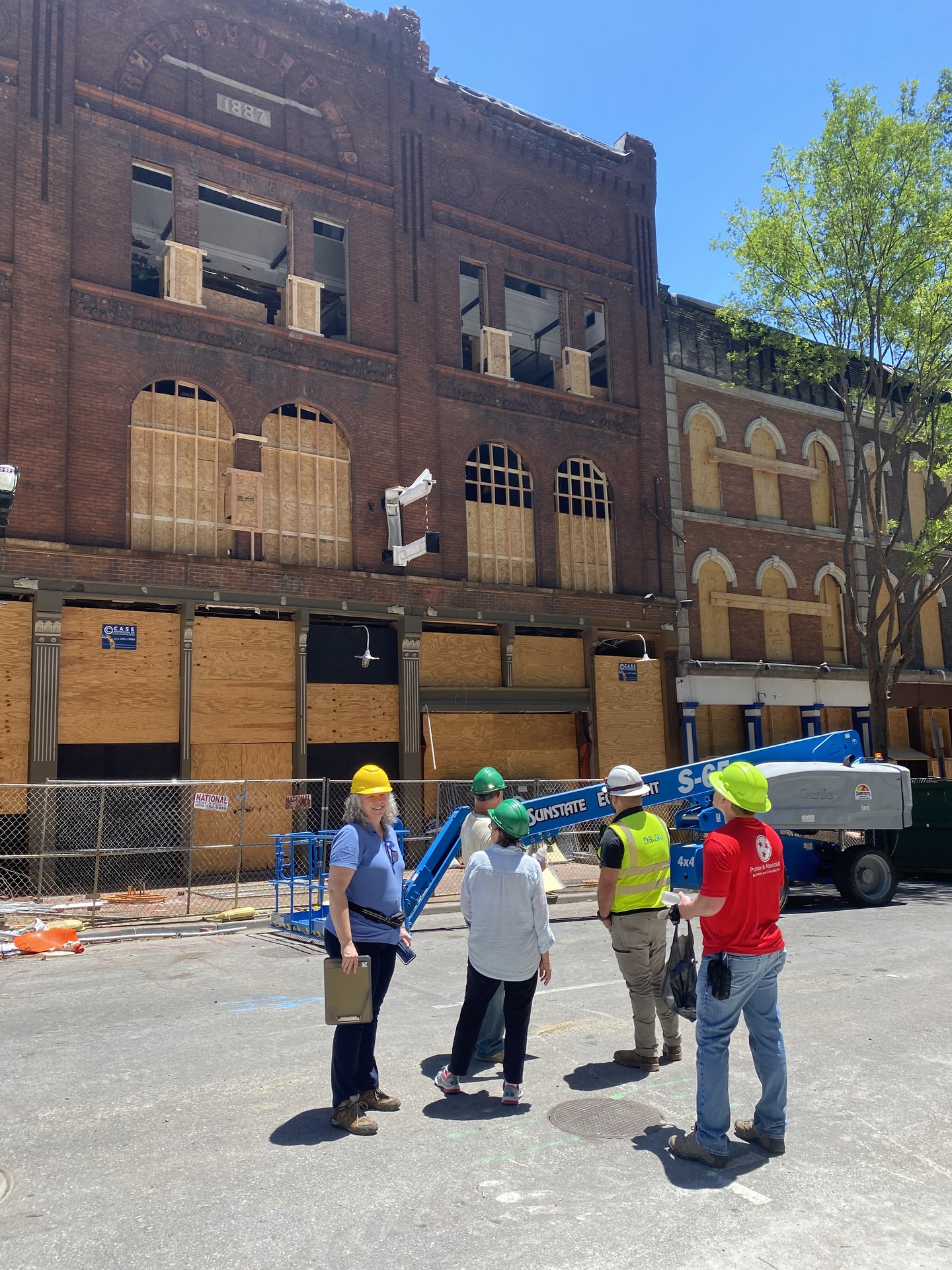5 Common Structural Issues In Old Houses

Older homes often offer character, unique design, and a sense of history. However, they can also come with structural issues with old houses that newer homes might not face. Knowing these common problems helps owners spot concerns early on, potentially saving both time and money in the long run. Structural inspections are key to identifying risks before they become expensive repairs.
Foundation Shifts and Settling
One of the first places to examine in any old house is the foundation. Over time, soil shifts, moisture seeps in, and materials degrade, which can lead to cracks, settling, or even partial collapse. Older foundations were often built with stone or outdated concrete, which may not withstand modern-day conditions. Look for cracks in walls or floors, as they can often signal foundation movement that might not be visible directly.
Damp Walls and Failed Damp Proofing
Dampness is a frequent problem in older homes, especially if the original damp-proof course has failed or deteriorated. Structural walls, especially external ones, are prone to absorbing moisture over the years, leading to dampness and even mold.
Older houses may not have effective drainage around their foundation, allowing water to pool near the walls. While minor dampness might seem harmless, it can cause decay in timber and plaster, weaken wall integrity, and lead to long-term damage.
Weak Flooring and Rot
Floors in older homes may have smaller timber joists than those used in modern buildings. This makes them more vulnerable to wear and damage. Timber joists are particularly susceptible to rot if exposed to damp conditions, especially in crawl spaces or basements with poor ventilation.
Over time, you may notice sagging, unevenness, or a musty smell from rotting wood, all signs that the flooring structure needs attention. Addressing rot early is important to avoid costly floor replacements or repairs.
Roof Deterioration and Engineering Challenges
Older roofs, often built with outdated materials, can deteriorate due to age, weather exposure, or past repairs. Roofs with leaks or missing shingles let water seep into the structure. This can damage the ceilings, walls, and even the foundation over time.
Engineering for modern needs, such as handling heavy snowfall or extreme weather, might require changes that older roofs were not designed for. Regular roof inspections help identify these issues, potentially saving owners from extensive and costly repairs down the line.
Inadequate Floor Ventilation
Ventilation under floors is often inadequate in older homes, which can trap moisture in crawl spaces and create an environment for decay. Without proper airflow, excessive moisture builds up. This can lead to rotting joists and weakened floorboards.
An unventilated space under a floor is also more likely to harbor pests, mold, and other hazards. Verifying airflow with vents or other ventilation solutions can help maintain the floor’s stability and avoid the need for significant repairs.
Stone Building Solutions has extensive experience addressing these types of structural issues with old houses. We bring thorough structural inspections, along with services like construction monitoring and milestone inspections.
For those needing a comprehensive plan, we streamline the process by offering multiple services under one roof, saving both time and resources. Contact us to learn more about how we help keep your property safe, secure, and ready for the future.
